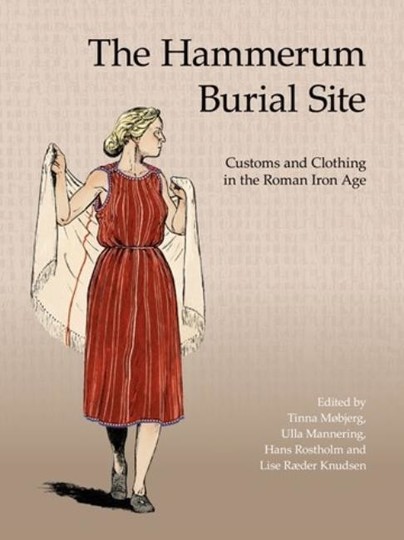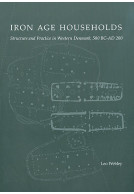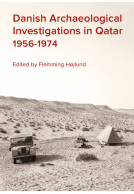Google Books previews are unavailable because you have chosen to turn off third party cookies for enhanced content. Visit our cookies page to review your cookie settings.
The Hammerum Burial Site (Hardback)
Customs and Clothing in Roman Iron Age
Imprint: Aarhus University Press
Series: Jutland Archaeological Society Publications
Pages: 223
ISBN: 9788793423237
Published: 1st October 2019
Script Academic & Professional
Series: Jutland Archaeological Society Publications
Pages: 223
ISBN: 9788793423237
Published: 1st October 2019
Script Academic & Professional
You'll be £35.00 closer to your next £10.00 credit when you purchase The Hammerum Burial Site. What's this?
+£4.99 UK Delivery or free UK delivery if order is over £40
(click here for international delivery rates)
Order within the next 8 hours, 49 minutes to get your order processed the next working day!
Need a currency converter? Check XE.com for live rates
(click here for international delivery rates)
Order within the next 8 hours, 49 minutes to get your order processed the next working day!
Need a currency converter? Check XE.com for live rates
The Hammerum Burial Site is the story of a burial site told by more than 20 academics; a fascinating combination of different archaeological and scientific studies analyzing individuals, objects and context from different angles.
The site was named after the small modern-day town of Hammerum, 5 km east of Herning in the central part of Jutland, Denmark. As early as 1993 the museum investigated this burial site, where seven inhumation graves emerged within a small area, most of which turned out to be empty of finds. Three of the graves did turn out, however, to contain well preserved organic material, so they were removed as block samples in large wooden crates with a view to later excavation.
Thanks to a grant in 2009 from the Danish Cultural Agency’s special pool for the conservation of objects of unique national importance (the ENB pool) a collaboration between the museum, the Danish National Research Foundation Centre for Textile Research and the Conservation Centre in Vejle began.
These analyses show that grave 83 – known as the Hammerum girls grave – was a sensation. All that remain of the deceased was her hair and her dress, but it was the best-preserved Danish Iron Age textile from an inhumation grave. Therefore, it offers an unique opportunity to analyse an object which in most cases has disappeared.
The analysis tells us an extraordinarily nuanced archaeological story of daily life and of pan-European ‘slow fashion’: a dress used in everyday life, produced by carefully choosing fine fibres which, together with the coiffure refers to a style recognizable throughout Europe and worn by a mobile, well-groomed, well-connected Iron Age female. Moreover, the preserved organic material permits us a rare glimpse of the grief of the bereaved. We can see how they carefully wrapped the Hammerum Girl in skin and put blueberry twigs under her head before laying her to rest – an act of compassion and mourning.
Other titles in the series...
Other titles in Aarhus University Press...













